In the Private Eye
January 18 - February 29, 2008 | ISE Cultural Foundation, New York
Artists:
Nin Brudermann, Carlos Motta, Trevor Paglen, Dannielle Tegeder, Anna Von Mertens, and Amy Westpfahl
Overview:
Doubling as researchers, scientists, historians, or detectives, the artists of In the Private Eye continuously challenge the conventions of artistic practice—adopting an investigative approach to give form to matters that are either inherently obscured or altogether overwritten by time. Aided by modern technology that affords them unlimited access to information, they seek to unearth truths that illuminate various aspects of our current reality. They are initially prompted by far-fetched clues and minuscule details that are buried in the vast and peculiar nature of our culture. Subjects such as a celestial pattern, a desolate weapon-testing facility, a forgotten cemetery, a deserted cabinet, a combat training school, and mysterious disappearances of individuals, have led to the development of a visual narrative that bears both individual and collective implications.
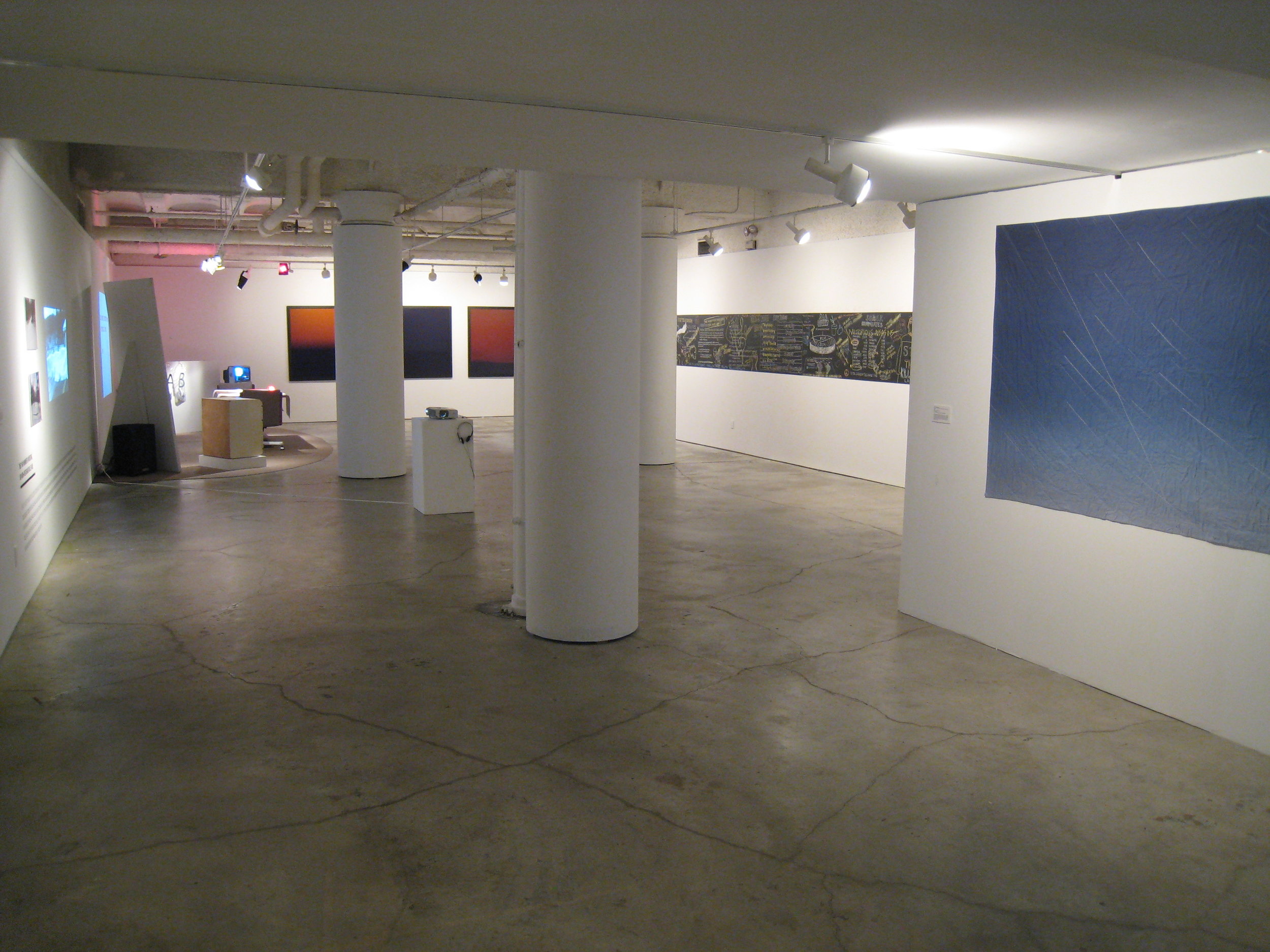
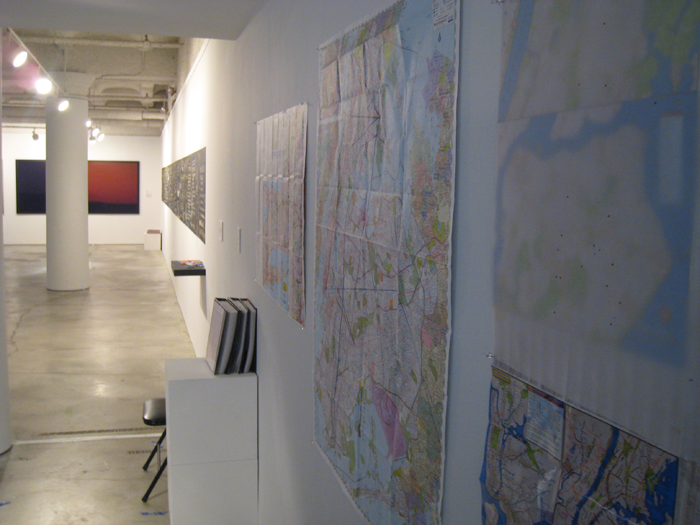
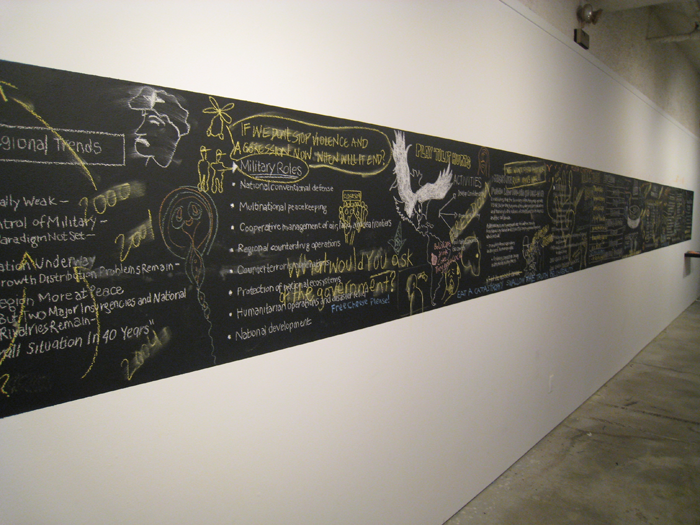
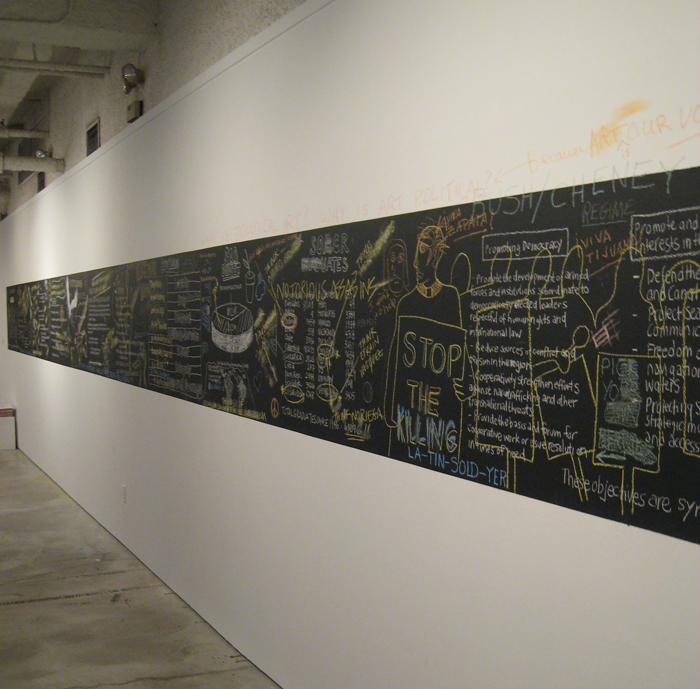
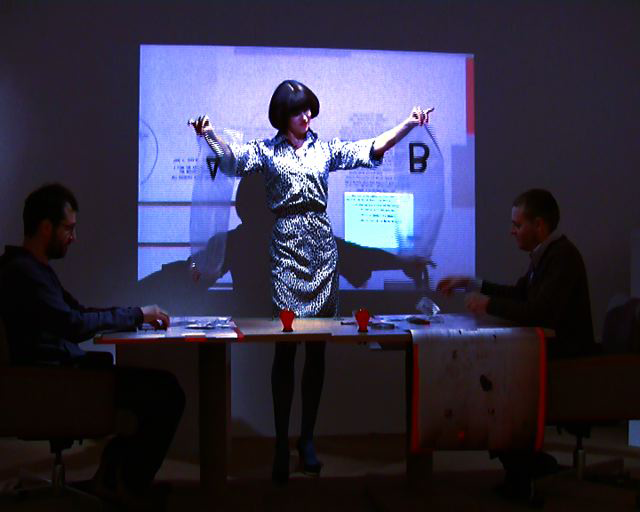
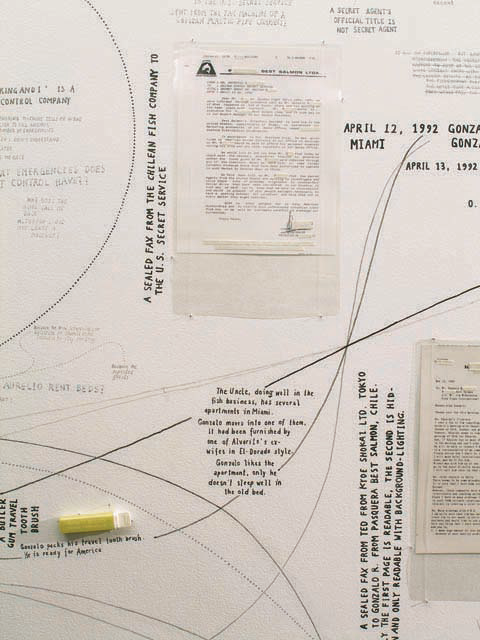

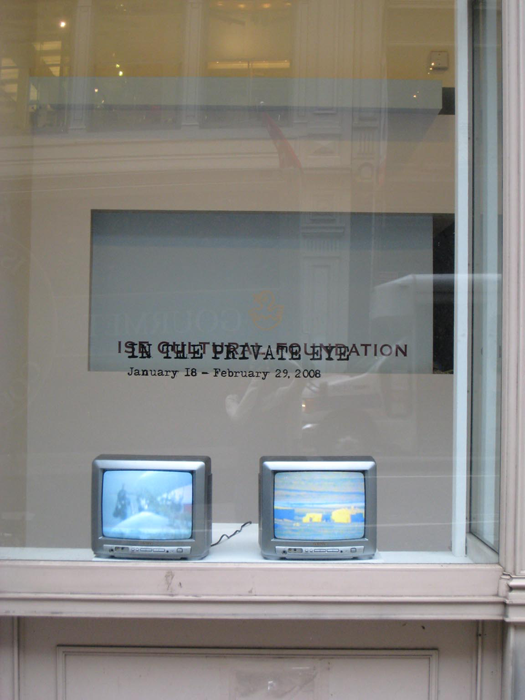

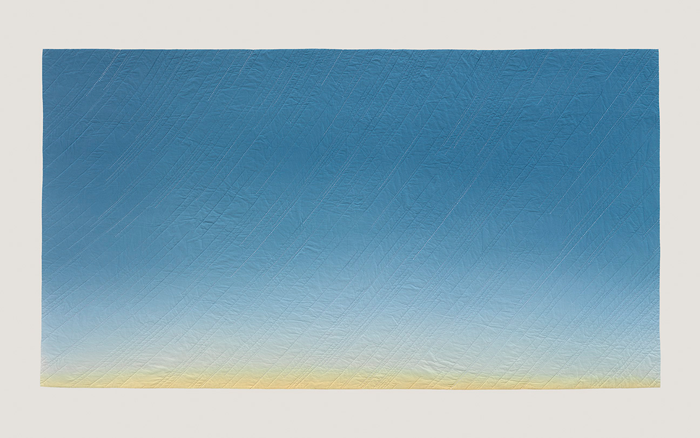
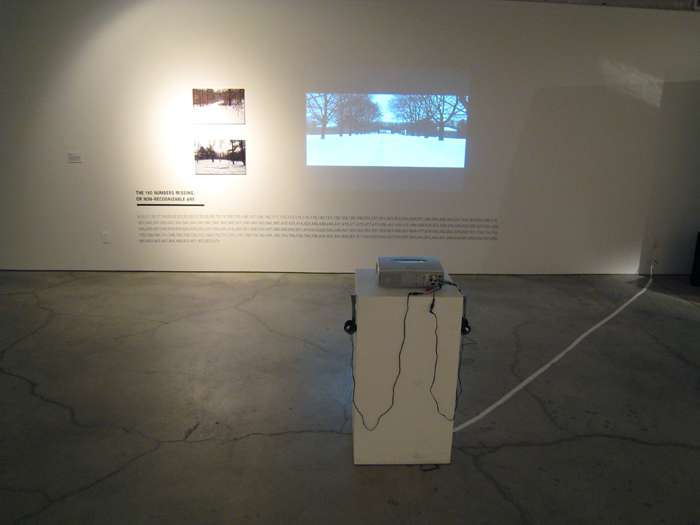
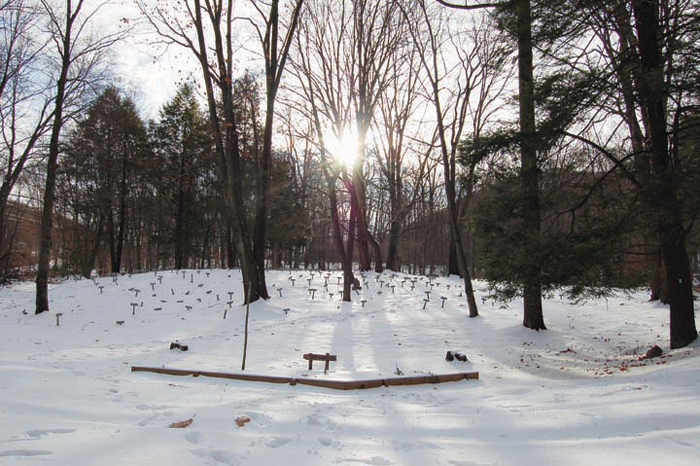
Curatorial Statement:
Doubling as researchers, scientists, historians, or detectives, the artists of In the Private Eye continuously challenge the conventions of artistic practice—adopting an investigative approach to give form to matters that are either inherently obscured or altogether overwritten by time. Aided by modern technology that affords them unlimited access to information, they seek to unearth truths that illuminate various aspects of our current reality. They are initially prompted by far-fetched clues and minuscule details that are buried in the vast and peculiar nature of our culture. Subjects such as a celestial pattern, a desolate weapon-testing facility, a forgotten cemetery, a deserted cabinet, a combat training school, and mysterious disappearances of individuals, have led to the development of a visual narrative that bears both individual and collective implications.
In her installation and performative project, Aurelio Z (2007/8), Nin Brudermann uncovers a major monetary counterfeiting plot involving two men, a Chilean fish company and the United States Secret Service. Her investigation originated from random items that she discovered in an abandoned chest of drawers, including bank statements, a video rental ID, photographs, an engraved grain of rice, and a sealed letter. Brudermann's interactive performance aptly positions the observer within her own process of questioning and exploration, as she searches for answers to this bizarre affair.
SOA: Black and White Tales (2005-7) is an ongoing project by Carlos Motta, which examines the function of The School of the Americas (SOA) – a US military training school for Latin American soldiers. In a wall drawing and newsprint handout, Motta traces the school's operations through documents, images, and public speeches, while exposing its manipulative tactics and the key part it played in various conflicts throughout the Americas.
Trevor Paglen's photographs of San Nicolas Island reveal little at first glance. Their significance is however articulated within the wider context of our current reality of sanctioned freedom-impediment actions under the guise of patriotism. These abstract landscapes represent the outcome of Paglen's intricate process aimed at capturing this highly restricted military area off the Pacific Coast that is used primarily for missile testing. Although the works do not deliver concrete information about the base, Paglen's very act of disclosing its existence and location to a broader public embodies considerable social ramifications.
In The New York Index of the Invisible, (2007-8) Dannielle Tegeder traces puzzling disappearances of individuals within New York State from the past century. Formulated from online databases, publications, and local historical archives, this project articulates tendencies and commonalities that have previously gone unnoticed. With thoroughness and persistence, Tegeder brings these unsolved cases back into public consciousness, and reinstates the search for a resolution.
In her stitched works on fabric, Anna Von Mertens translates scientific data into abstract embroidered designs. In her recent series Endings, she utilized a computer program that calculates the star rotation patterns at dawn or dusk on the days of various historical events. She views these particular points in the day as time passages, at which there is a clear break between the past and the future. Dawn (Left Illinois for California, April 15, 1859) [2007] displays the outcome of Von Mertens' investigation into the morning upon which a 19th century Pioneer family embarked on a three-month journey from Illinois to California. Melding geographical facts with historical narrative, Von Mertens affords the viewers a new and poetic perspective on the account of a single American family, as well as the whole Pioneer Movement.
The Letchworth Village Project (2006-8) began when Amy Westpfahl discovered an unmarked cemetery in the town of Thiells, NY, comprised of numerous anonymous markers. Further research revealed that the graves belonged to the Letchworth Village – a state-run facility for the "Feeble-minded and Epileptic" that operated between 1911 and 1996. Her multifaceted installation traces the history, dissolution, and possible future of this unique property. As the grounds are currently slated to become a condominium community for retirees, Westpfahl has resolved to salvage these individuals from anonymity before remnants of their past are altogether obliterated.
In employing bold and unconventional methods, the artists of In the Private Eye ultimately broaden our understanding of historical, cultural, and scientific matters. With curiosity and motivation serving as their catalyst to delve further into diverse realms, these projects expose a history of a place, an object, or a life—thus making visible that which could have otherwise remained permanently concealed.
- Yaelle Amir, 2008